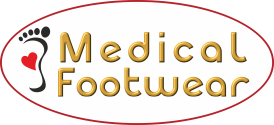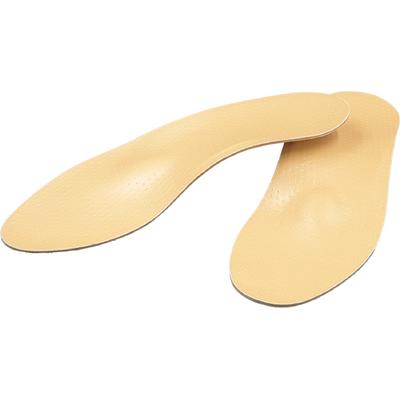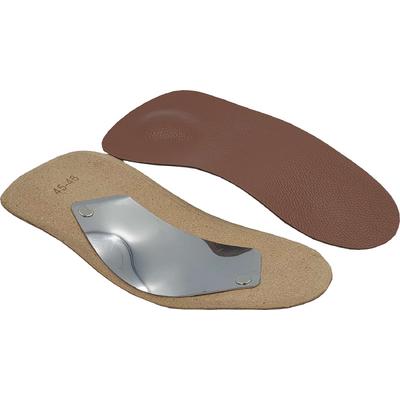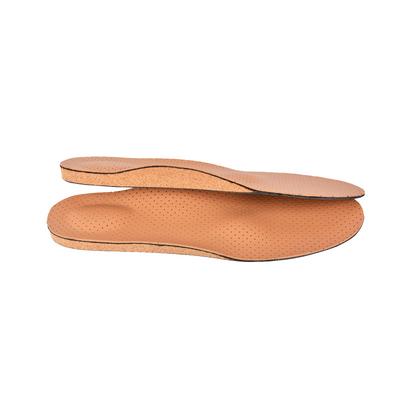Sub Categories
Filtering
What is flat foot? What is pes cavus?
Flat foot (also known as pes planus) and pes cavus (also known as high arches) are two common foot conditions that affect the shape and structure of the foot.
Flat Foot (Pes Planus):
Flat foot is a condition in which the arch of the foot is reduced or collapses, causing the entire sole of the foot to come into contact with the ground when standing. In individuals with flat feet, the foot's natural arch, which is typically formed by tendons and ligaments, does not properly develop or loses its shape. Flat feet can be present from birth (congenital) or may develop over time due to factors such as injury, wear and tear, or certain medical conditions.
Symptoms of flat foot may include:
* Pain or discomfort in the foot, ankle, or lower leg.
* Overpronation (the foot rolls inward excessively) during walking or running.
* Tired or achy feet after prolonged standing or activity.
* Difficulty finding properly fitting shoes.
* Flat foot can vary in severity, and while some people may experience mild discomfort or no symptoms at all, others may have more significant issues that require medical attention. Treatment for flat foot may include supportive footwear, orthotic inserts, physical therapy, and in some cases, surgical intervention.
Pes Cavus (High Arches):
Pes cavus is a condition characterized by an abnormally high arch of the foot. In individuals with pes cavus, the arch is significantly raised, and only the ball of the foot and the heel make contact with the ground when standing. The high arch creates excessive pressure on the heel and ball of the foot, which can lead to various foot problems and discomfort.
Symptoms of pes cavus may include:
* Pain in the arch, ball, or heel of the foot.
* Limited flexibility and shock absorption in the foot.
* Clawed toes or hammer toes.
* Difficulty finding properly fitting shoes, especially around the arch area.
Pes cavus can also be present from birth (congenital) or may develop later in life due to neurological conditions, such as Charcot-Marie-Tooth disease or nerve damage. Treatment for pes cavus may involve wearing cushioned and supportive shoes, using orthotic inserts to redistribute pressure, physical therapy, and in severe cases, surgical interventions to correct foot deformities or release tight structures.
Both flat foot and pes cavus can lead to discomfort and foot-related issues, and individuals experiencing symptoms should consult with a podiatrist or a healthcare professional for proper diagnosis and appropriate treatment options.
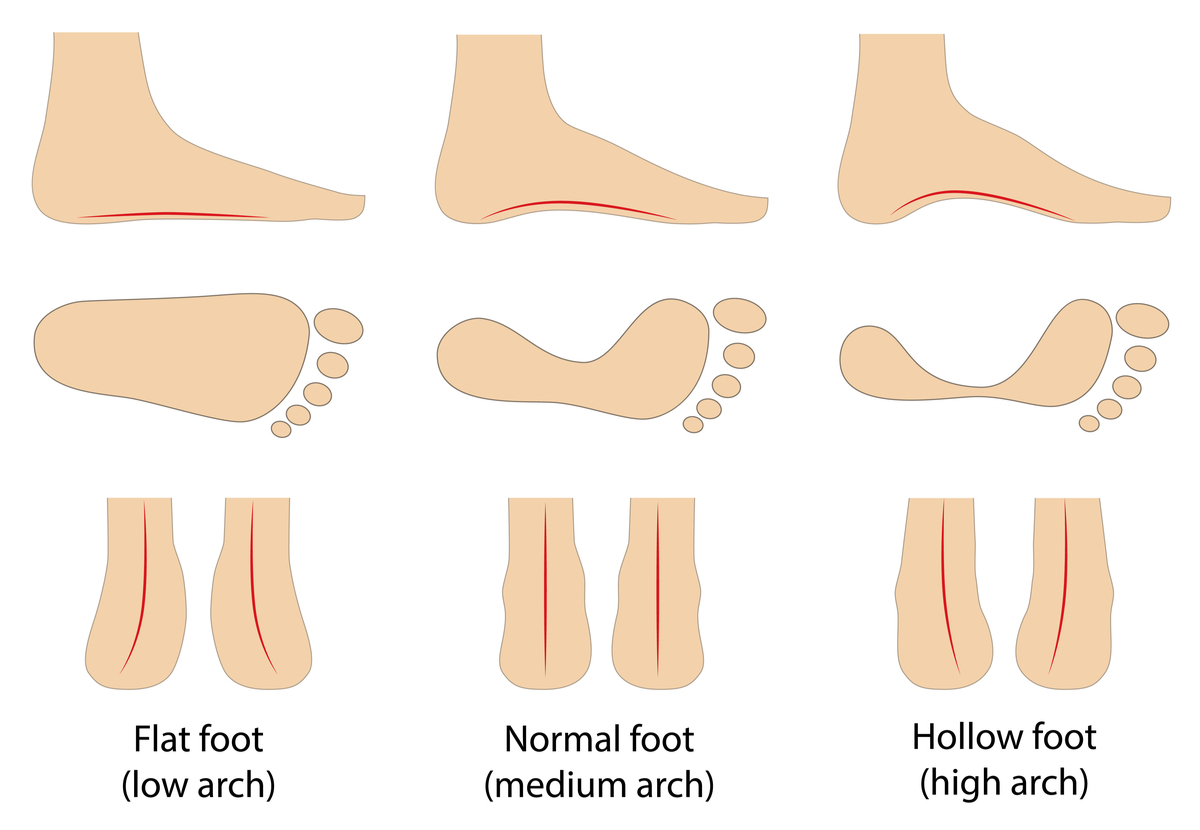
Insole for Flat Foot and Pes Cavus
What is flat foot shoes and slippers?
Flat foot shoes and slippers are specially designed footwear that caters to individuals with flat feet, a condition where the arch of the foot is reduced or collapses, causing the entire sole of the foot to come into contact with the ground when standing. These shoes and slippers aim to provide proper support and alleviate discomfort associated with flat feet.
Features of Flat Foot Shoes:
Arch Support: Flat foot shoes have built-in arch support to help lift and stabilize the foot's arch, compensating for the lack of a natural arch in individuals with flat feet.
Firm Midsole: The midsole of these shoes is often firmer than regular footwear, which provides additional support and helps prevent overpronation (excessive inward rolling of the foot).
Motion Control: Some flat foot shoes come with motion control features, such as a reinforced heel counter and a structured design, to maintain proper foot alignment during movement.
Wide Toe Box: These shoes typically have a spacious toe box to accommodate the toes comfortably and prevent crowding.
Cushioning: Flat foot shoes often have ample cushioning in the heel and forefoot to absorb shock and reduce impact during walking or running.
Breathable Materials: Many flat foot shoes are made from breathable materials to keep the feet cool and comfortable.
Features of Flat Foot Slippers:
Arch Support: Similar to flat foot shoes, flat foot slippers may have arch support to maintain proper foot alignment and reduce strain on the foot's structures.
Comfortable Construction: Flat foot slippers are designed with soft and comfortable materials to prevent irritation and rubbing against the foot.
Open-Back Design: Many flat foot slippers have an open-back or slip-on design for easy on-and-off, offering convenience at home.
Cushioned Insole: These slippers often have cushioned insoles to provide a comfortable and supportive feel while walking indoors.
Both flat foot shoes and slippers are valuable for individuals with flat feet, as they offer the necessary support and stability to promote better foot alignment and reduce discomfort. Properly fitting flat foot footwear can make a significant difference in daily comfort and may help prevent or alleviate foot-related issues associated with flat feet, such as pain and fatigue.
